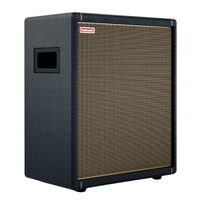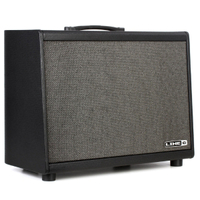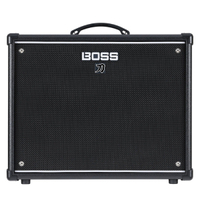Best FRFR speakers 2025: transparent tone for multi-effects and amp modelers
From on-the-go options to arena-filling mammoths, our pick of the best FRFR speakers for guitar is sure to have every musician covered
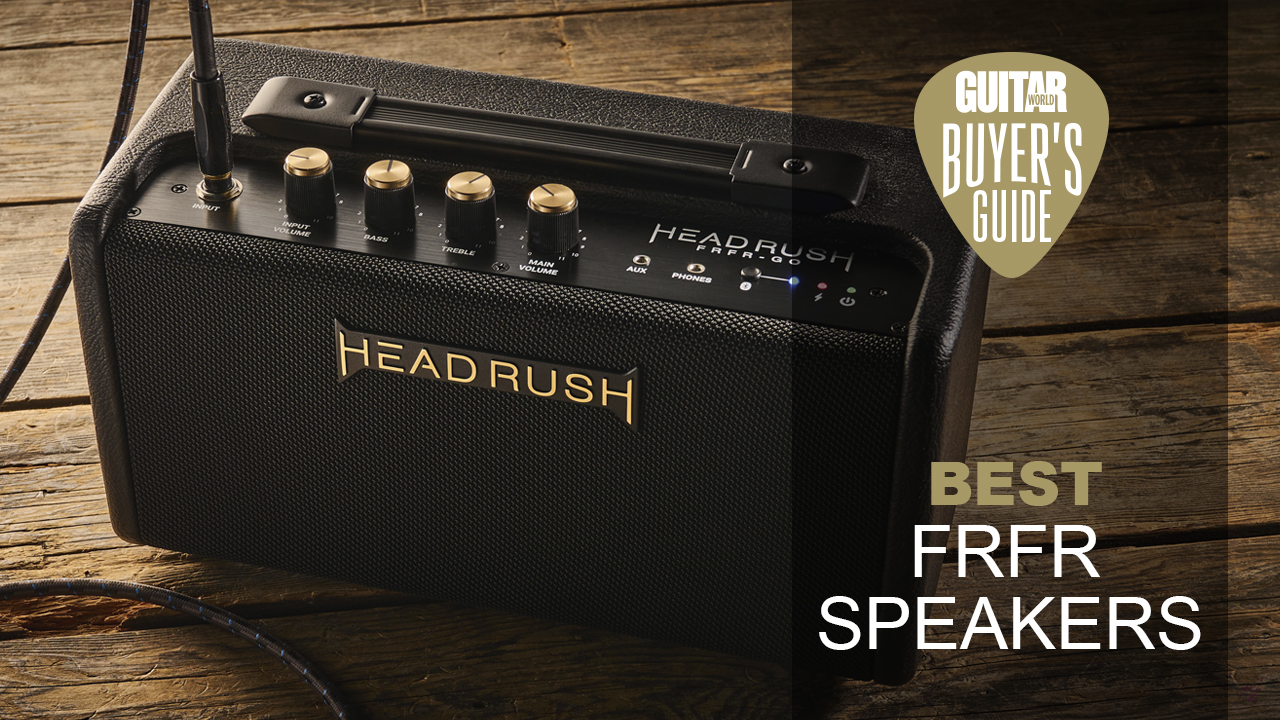
So, you’ve just forked out $1000-plus bucks on a shiny new floor modeler and spent hours crafting your dream tone, but when it comes to unleashing it on the rest of the world… it just doesn’t feel right. That visceral feeling of air wafting from your amp’s speaker isn’t there, and all the energy you’re used to with a traditional amp is gone. If this is you right now, then getting your hands on one of the best FRFR speakers will help you solve this common issue.
Standing for ‘full range, flat response’ these speakers work in a totally different way from your standard guitar amplifier. With a traditional guitar amp, you want the amp to color your tone, that’s the whole point of choosing a specific model. However, FRFR speakers are designed to best reflect that expensive new floor modeler you just purchased. FRFR speakers won’t color your sound or add any unwanted frequencies, providing a true picture of your guitar tone.
In the world of guitar amplification, FRFR speakers are quite a new technology, so you may have a few questions, however, you’re in luck. If you’re looking at buying an FRFR speaker for the first time, make sure to check out our FAQs section for loads of useful advice. If you already know your stuff, then keep scrolling to see our favorites…
Our top picks
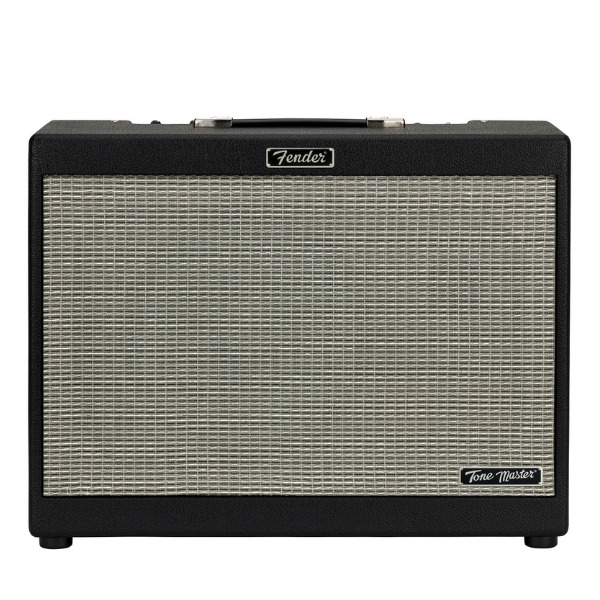
The Fender Tone Master FR-12 looks like a Fender amp, which we're big fans of here. If you don't like the 'PA speaker' look of others, this is a great choice, and offers superb quality sound to match its fantastic good looks.
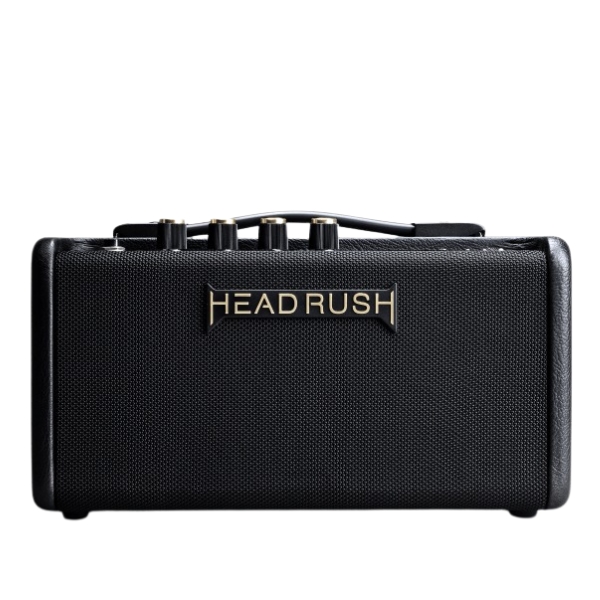
Although not suited to gigging, if you just need a great value FRFR speaker for home use, the HeadRush FRFR-Go is our favorite. It's packing 30 watts of power which is plenty for practicing at home, and it's nice and lightweight too.
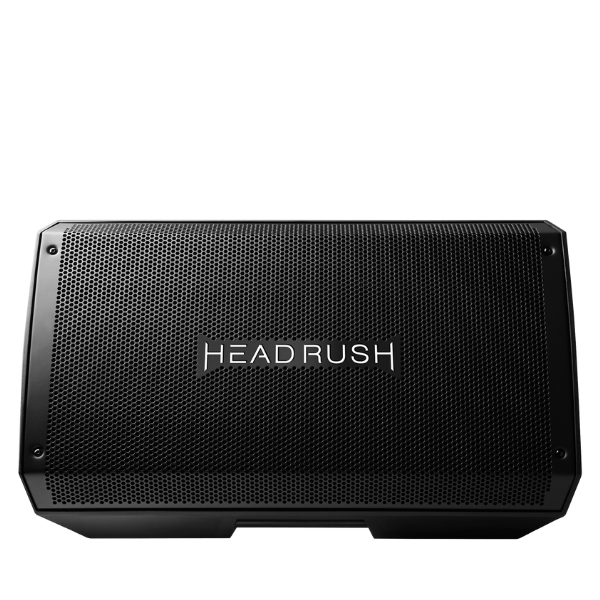
If you're planning on gigging with your amp modeler we'd go for the HeadRush FRFR-112. Able to be used as a wedge monitor it's great for monitoring your on-stage sound and with 1000W of power, plenty loud enough to overpower your drummer.
Best overall
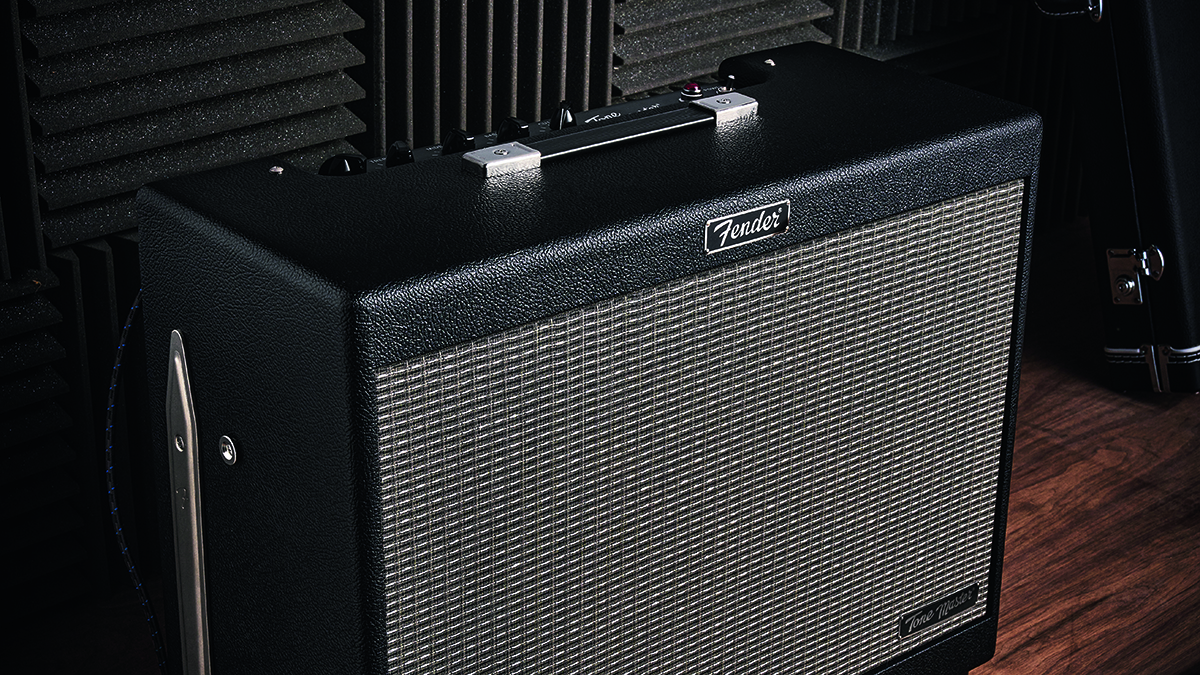
1. Fender Tone Master FR-12
Our expert review:
Specifications
Reasons to buy
Reasons to avoid
✅Buy if you want the best of the best: Marrying superb good looks with a fantastic quality sound, the Fender Tone Master FR-12 is a brilliant FRFR speaker for all kinds of guitar players.
❌Avoid if you want true FRFR: This speaker has some built-in EQ , which means it's technically not flat response.
With Fender’s history of pioneering tube amplification, it’s hard to believe that it's stepped foot into the world of FRFR speaker cabinets – but we’re glad it has. Released specifically to pair with its Tonemaster Pro floor modeler, this speaker cabinet has been expertly crafted to deliver precision replications of your digital amplifiers and effects without any coloration.
With 1000W of power, this has more than enough volume to deliver at pretty much any gig, and the built-in EQ – featuring treble, middle, bass, and a high-frequency cut – is really useful for quick alterations, for example, if you’re in a venue which has a lot of boomy low-end. It is worth saying, the addition of this EQ does mean it isn’t truly flat response, and the DI results from your modeler may sound different from what you get on stage.
You’ll want to take this to as many stages as possible, partly because its lightweight plywood construction means it’s effortless to move, but mainly because this is hands-down the best-looking FRFR speaker on the market. Only the most astute audience members would notice that this cabinet isn’t one of Fender’s classic tube combos, as it’s been designed with all the cues we’re all used to – even down to the metal kickback arms.
Read our full Fender Tone Master FR-12 review
Best budget

2. HeadRush FRFR-Go
Our expert review:
Specifications
Reasons to buy
Reasons to avoid
✅Buy if you're on a budget: Most FRFR speakers aren't exactly what you'd call affordable, but at around the $140 mark the FRFR-Go is a great choice for the more budget-conscious.
❌Avoid if you want to gig: Being a smaller speaker designed for home use, this won't be any good if you're planning on gigging with your amp modeler.
Portable amplifiers aren’t a new phenomenon—Marshall’s Micro Amp is iconic among seasoned guitarists, paving the way for countless other brands to follow. However, the world of FRFR speakers has lagged behind in adopting travel-sized options—that is, until Headrush released the FRFR-Go.
Despite its compact size, this lightweight FRFR speaker delivers impressive performance. Its dual custom 3-inch speakers push 30 watts of power, and with a 13-hour battery life, the Go is perfect for trips to the airport, holiday homes, or even work journeys. Pair it with a travel guitar and a modeler, and you’re ready to play wherever inspiration strikes. But it’s not just for travel—this versatile speaker also shines as a home practice tool, offering a way to utilize your modeler at lower volumes when blasting a 2x12” speaker isn’t an option.
The FRFR-Go also features built-in Bluetooth, allowing you to stream audio for jamming along to your favorite tracks. Its straightforward control panel includes handy bass and treble EQ adjustments for quick, on-the-fly tweaks. While it won’t be headlining any gigs, the Go is a versatile, portable amplifier that’s ideal for both home use and life on the road.
Best for gigging
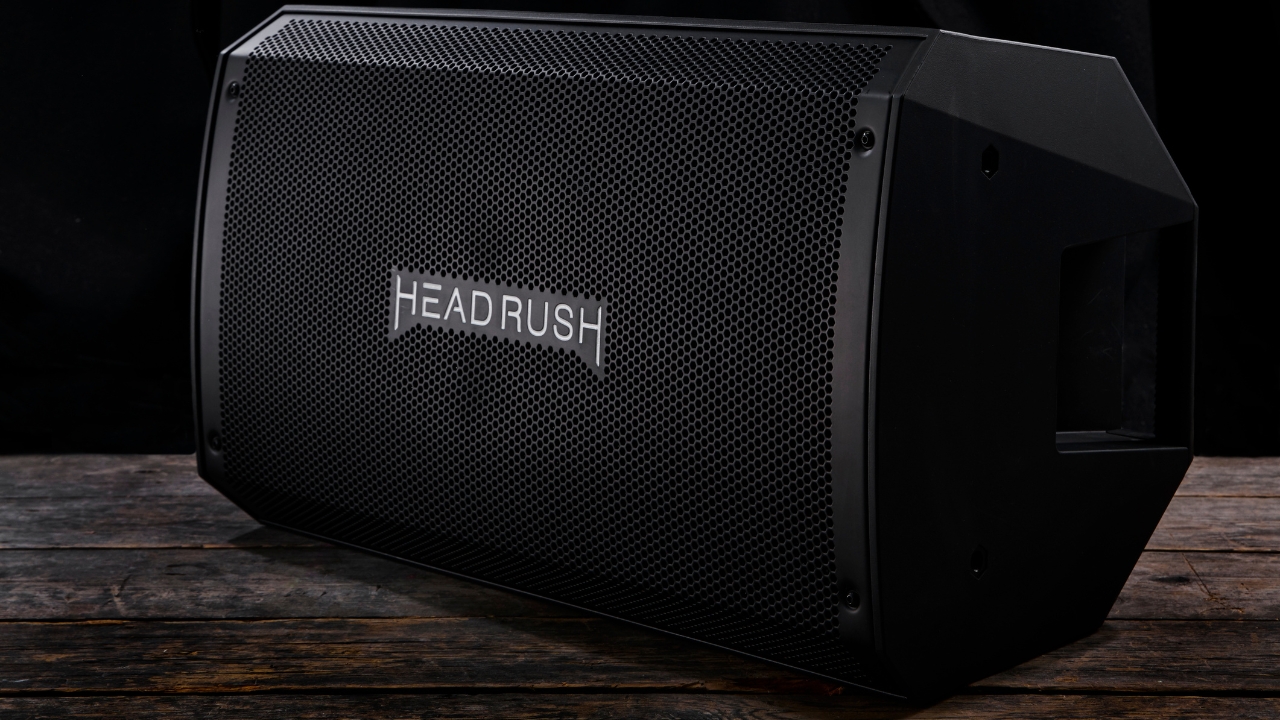
3. Headrush FRFR-112
Our expert review:
Specifications
Reasons to buy
Reasons to avoid
✅Buy if you want to gig: With 1000W of RMS plus the ability to be used as a wedge monitor, the HeadRush FRFR-112 would be our choice for gigging with an amp modeler.
❌Avoid if you want loads of headroom: At higher volumes, this speaker can distort, so something to think about if you're going to be regularly pushing it.
The Headrush amp and effects modelers are some of the most popular out there and, as you might expect, they pair wonderfully with the matching Headrush FRFR speaker. The Headrush FRFR-112 is a lightweight 1x12” active speaker that will give your Headrush floor unit, or indeed any other passive modeler, the sound and response that you can only get from moving air with a speaker.
The specially-voiced 12” woofer sits alongside a high-frequency compression driver to bring all your saved patches and profiles to life on stage and, with 2000W of power, you can fill a decent-sized room with ease. The design of the speaker cabinet is pretty smart too – you can use it as a kickback monitor for your own use, then take the XLR out to FOH, or you can pole-mount it to really be heard. You’ve also got two inputs with independent volume controls, EQ contour switch and ground-lift switch.
The Headrush 112 is one of the best FRFR speakers available right now, especially for the price. However, if you want something more compact, and even more budget-friendly, then check out their 1x8” version.
Best for looks

4. Laney LFR-212
Our expert review:
Specifications
Reasons to buy
Reasons to avoid
✅Buy if you want the best-looking FRFR speaker: With its vertical speakers, front illumination, and realistic cab looks, the Laney LFR-212 is a stunning bit of guitar gear.
❌Avoid if you need something compact: This is pretty hefty for an FRFR speaker, so if you need something that doesn't take up loads of room look elsewhere.
This might be one of the coolest powered speakers out there, and it’s made by Laney who are known for making some great amps, so it’s a brand you can trust. It looks just like a regular vertical 2x12 speaker cab, so if you want an old-school visual, then this could be the best FRFR speaker for you. To add even more to the look, there’s a really cool illumination light that you can switch on and off.
As well as FRFR mode, you’ve also got a couple of different cabinet emulation options that will replicate how particular cabs sound. You don’t have to use these, but they can be really handy for nailing a particular sound.
The Laney LFR-212 is loaded with a pair of specially voiced 12” drivers and a 1” LaVoce compression driver. With it being vertically loaded, you’ve got one speaker closer to your ear when stood up, so it’s great for stage monitoring. There is also a 1x12 version, that’s slightly smaller and cheaper, if you don’t need quite as much power.
Best for features
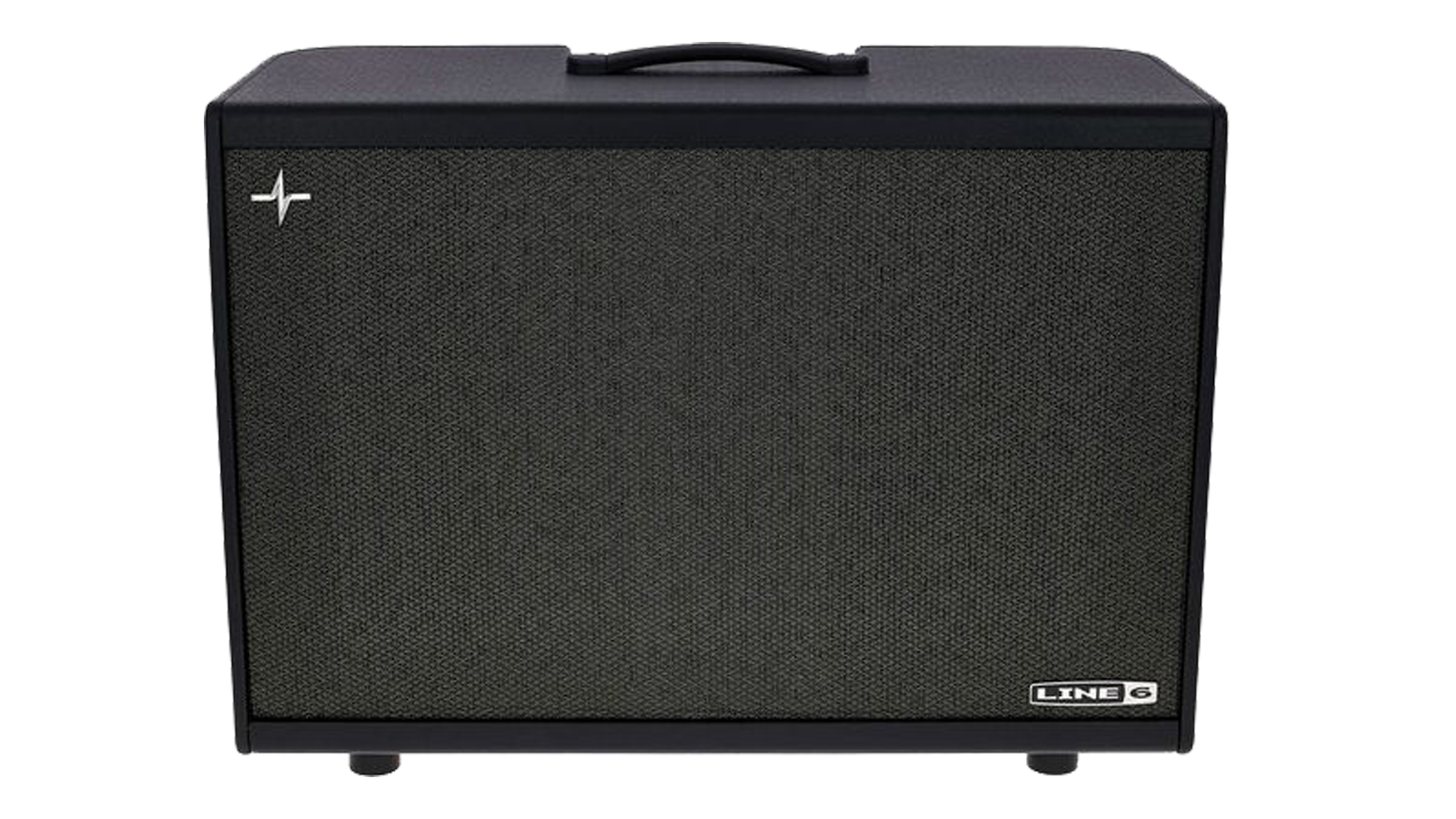
Specifications
Reasons to buy
Reasons to avoid
✅Buy if you want the most features: With an LCD screen, preset capabilities, and full stereo, the Line 6 Powercab 212 Plus is a great choice if you want all the bells and whistles.
❌Avoid if you're on a budget: Those features add up though, and at over $1,000 it isn't cheap.
This gives you all the same benefits as the above 1x12 version, however, you’ve got double the amount of speaker models, plus it has two speakers that you can use in stereo (and actually adjust the stereo width). So, if you’ve got some cool ping-pong-style delays set up in your modeler, you can use the Powercab 212 Plus to really make the most of them.
The 212 Plus has some other really neat features that help make it one of the best FRFR speakers for pro-level modelers. There’s an on-board LCD screen and menu scrolling knob which allow you to navigate the 128 preset slots.
You can even load in your own impulse responses (IRs), making this the ultimate FRFR speaker for players who want to be able to tweak all of their gear to get their desired tone. Alongside this, you’ve also got more connectivity options for running it within MIDI set-ups and more.
Read our full Line 6 Powercab 212 Plus review
Best for Kemper
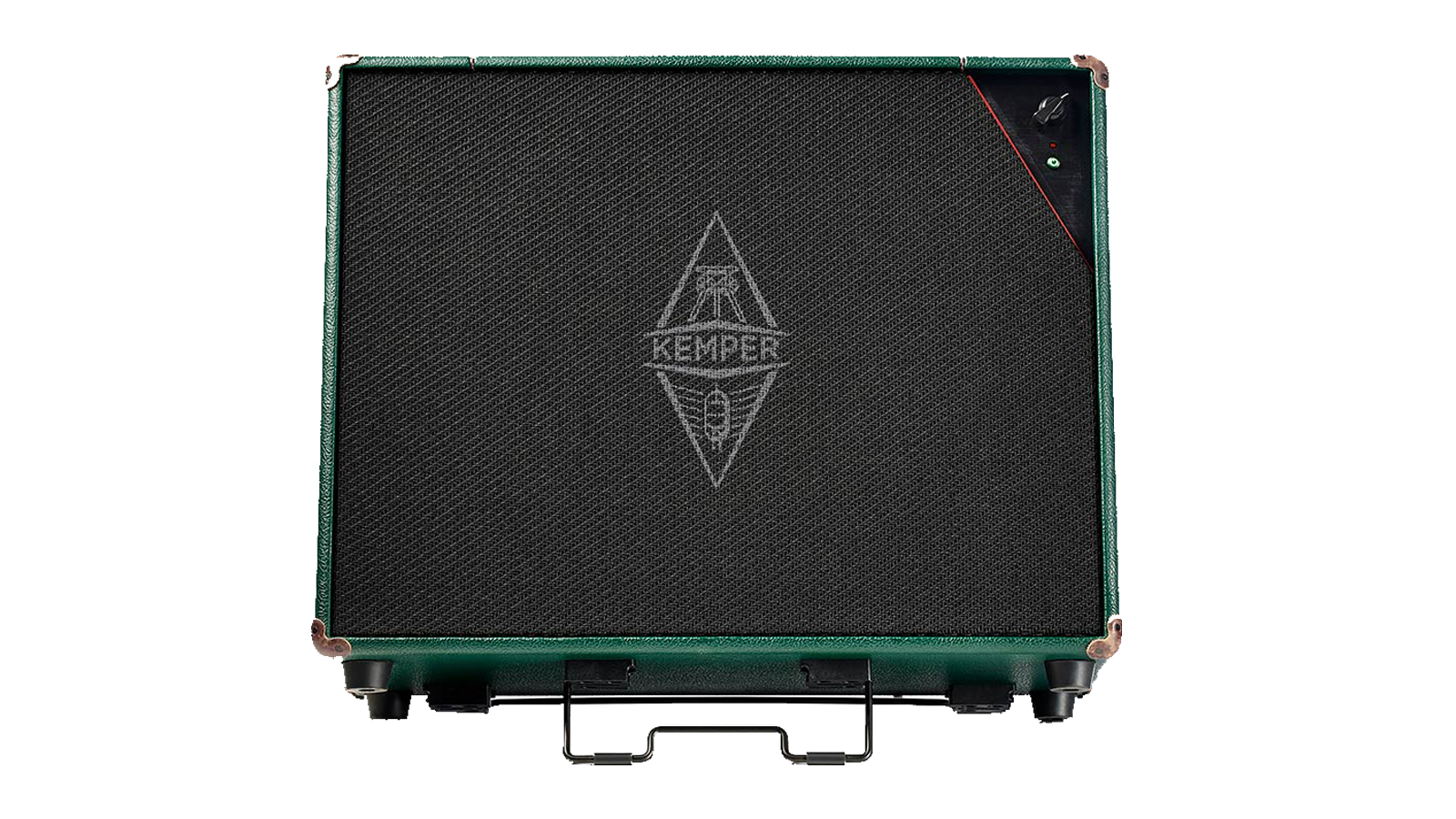
6. Kemper Power Kabinet
Our expert review:
Specifications
Reasons to buy
Reasons to avoid
✅Buy if you own a Kemper: It'll work with any kind of modeler, but if you're already a Kemper owner it just makes sense to get a matching cabinet for your amp modeler.
❌Avoid if you want something simple: The Kemper Kabinet has a lot of different options with powered and unpowered models and multiple speaker models.
Obviously, the perfect match for your Kemper profiler. The Kemper Kabinet looks incredible, with a nice green tolex and brown leather handle – very classy. Of course, there’s a load of technology nestled away in that great looking box too.
The 12” speaker, or Kemper Kone as it’s called, has been custom-built by Celestion specially for this. The Kemper Kab gives you the option of 19 classic guitar speaker imprints, all of which have been designed to give you the sound and response of some of the most renowned and sought-after speakers in the guitar world. Of course, if you’d rather, you can just use the cabinet models in the Kemper itself. However you use it, you get an incredible experience; it’s just like playing through a ‘real’ amp, but with all the benefits that the Kemper brings to the table.
This powered version gives you 200W of power for your non-powered profiler, or the Stage unit. However, if you’ve got a powered Kemper, then you’d be looking at the passive Kemper Kab.
Also consider
Positive Grid Spark CAB
140W | 1x10" speaker | 2x1" HF driver | Closed back
The Spark CAB is a 140-watt Class D-powered FRFR cabinet and is compatible with all three of the Spark models - transforming them from bedroom amps into stage-ready tone monsters. Non-Spark users will be glad to know that this powered cab is also designed to work perfectly well with non-Positive Grid products, becoming the ideal platform for modern amp modelers and multi-effects pedals.
★★★★☆
Read more: Positive Grid Spark CAB review
Line 6 Powercab 112
250W | 1x12" speaker | 1x1" HF driver | Plywood
The Powercab 112 is one of the best FRFR speakers out there for players who want a range of great-sounding options to complement their amp modeler unit. You can use the Powercab in FRFR mode, where the custom-made speaker and high-frequency compression driver will deliver an authentic representation of your preset patch or profile. You’ve then got six onboard speaker models that replicate the same sort of sound and response that you’d get from regular guitar amp speakers, for a more ‘in the room’ amplifier sound.
★★★★½
Friedman ASC-10
500W | 1x10" speaker | 1x1.75" HF driver | Baltic birch
Handmade in the USA, the Friedman ASC-10 lives up to the brand’s sterling reputation and it truly is one of the best FRFR speakers available right now. In fitting with the brand’s aesthetic, the ASC-10 has a really cool look about it, and probably looks more like a boutique amp than a powered speaker, making it a great choice for those who want it to appear more traditional.
★★★★½
Boss Katana 100 Gen 3
100W | 1x12" speaker | Open back
The Boss Katana Gen 3 is of course, a great modeling amp in its own right, however the new and improved MKII version also has the option to be used as a powered speaker for your modeler or profiler. The speaker has been voiced primarily for the sounds built into the amp, so it might not be completely FRFR, but it’s close enough to do a good job.
★★★★½
FAQs
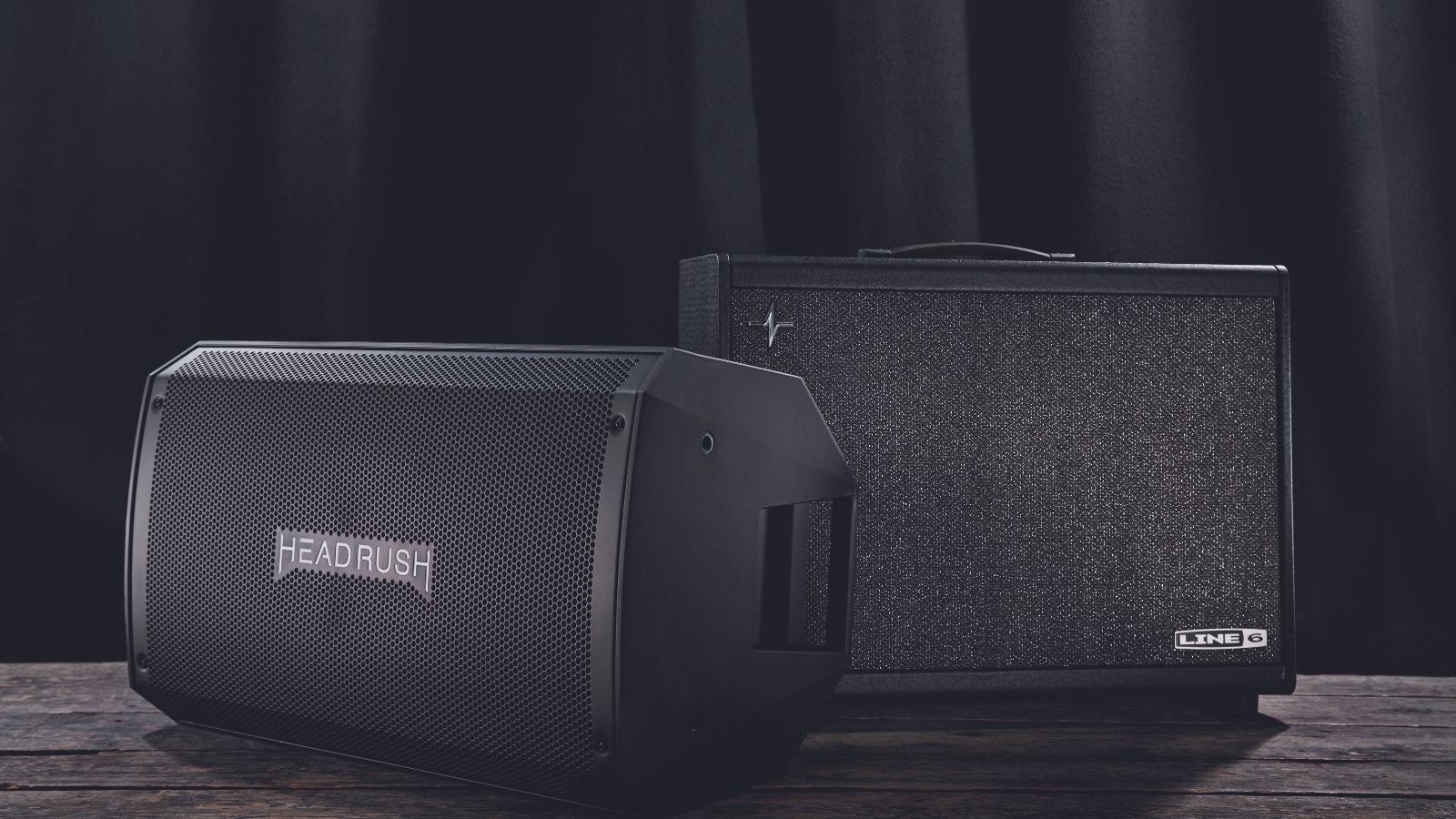
Why use a FRFR speaker?
FRFR speakers are great for live use when you want your sound on stage to be the same as what’s coming out of the PA system. No more stepping out front in sound check, getting tangled up in your cables. You can play assured, knowing that what you hear is what the audience hears too.
If you are using it in a live context, think about how you’ll be sending your signal to the sound engineer. If you’re playing in smaller venues and you’ve got an FRFR speaker with a good amount of power, then you’ll probably be OK with just that and your modeller – you might not need to send a feed to front of house (FOH).
However, if you’re playing bigger venues, or you want to keep on-stage volume as quiet as possible (99% of the time, this will lead to a much better sound for everyone), then you’ll want to give FOH your signal. Some modellers might let you do this directly, however some of the best FRFR speakers do have a direct XLR output for this purpose. Of course, if you’re just playing at home, or jamming with friends, then you won’t need to dwell on this too much.
What speakers to use with an amp modeler?
The beauty with FRFR speakers is that – in theory at least – any should do an admirable job of replicating your digital amps and effects, as a true FRFR speaker cabinet shouldn’t color your sound or add any unwanted frequencies. What you should get with an FRFR speaker is the truest replication of your digital models, right down to the IR cab simulations.
The benefits of an FRFR speaker for your stage monitoring and a DI output for front of house is that the audience should get a near-identical sound as you are getting onstage – a sound that you’ve spent time making sure is absolutely perfect!
Compare this to an amplifier, which can sound wildly different depending on a million different factors, from the volume you’re running it at, to the micropositioning of the microphone on your speaker cabinet. Though we wouldn’t ever want to bash a live sound engineer – they’ve got a tough enough gig as it is – they may not get your absolute dream guitar sound when mic'ing up an amp; this shouldn’t be a problem with a DI.
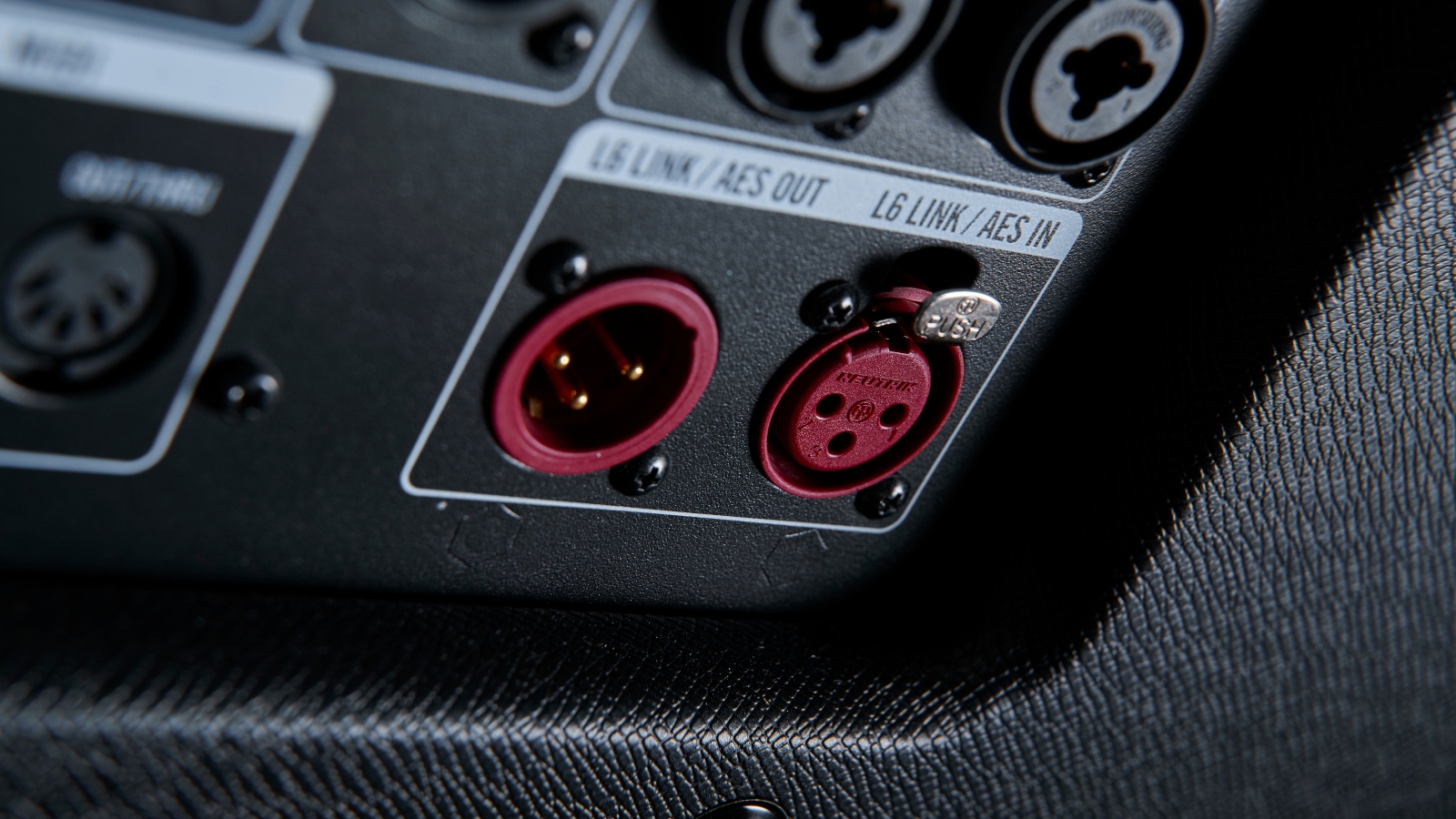
Is a PA speaker an FRFR speaker?
Some guitarists may choose to use a powered PA speaker rather than an FRFR speaker, and this is a fine option that will typically deliver admirable results, and (often) can save you a little bit of money.
However, PA speakers are designed to reproduce a huge variety of sounds, not just guitar, and that means they are inherently compromised in producing truly faithful replications of your modeled/captured tones, which will often mean there is additional bass – which may sound quite nice on its own but is a recipe for muddiness in a band scenario.
Another big problem with a PA speaker is that it simply doesn’t cut it in the looks department. Whilst the debate will continue raging over whether digitally modeled amps are rock’n’roll at all, it’s hard not to agree that having an unsightly PA speaker on stage really doesn’t capture the spirit of anarchy that is often associated with guitar music.
Can I use an FRFR speaker for bass?
Don’t think we’ve forgotten about you bass players too! More and more bass players are using digital profilers like Kempers, and whilst even the most modest FRFR speaker should do a decent job – for example, the Headrush FRFR-108 is an excellent speaker in a tiny footprint – they may be pushed to the point of rattling when handling particularly loud, particularly low sound sources. Consider matching two FRFR speakers together, or look for larger speakers to make sure you get the absolute best sound reproduction for loud bass playing.
Finally, some FRFR speakers may not have their own power section – though all of those on this list do. If you haven't got a powered profiler/modeler, just be extra sure that you’re purchasing an ‘active’ speaker cabinet with built in power, rather than a ‘passive’ cabinet, which will need external power.
How we choose the best FRFR speakers
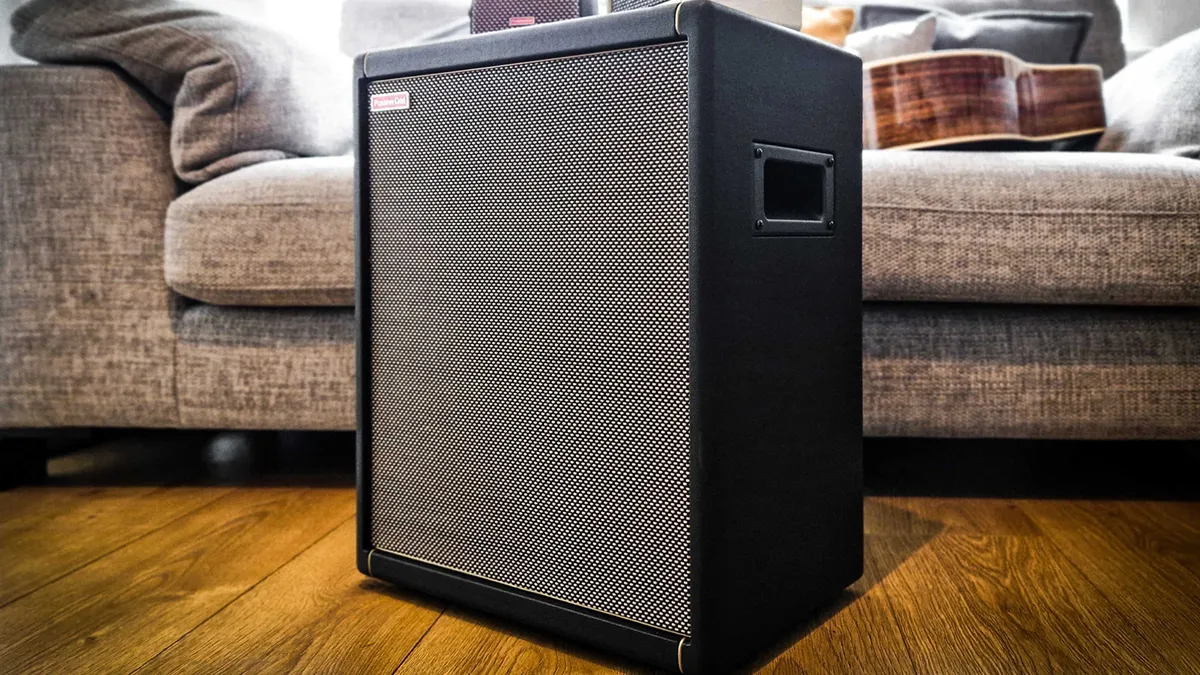
Here at Guitar World, many of our writing team are using floor modelers on our own rigs, so we recognize the importance of Full-Range, Flat-Response (FRFR) speakers, especially in the evolving landscape of modern guitar tones. When it comes to pinpointing the best FRFR speakers, our team combines experience from live stages, recording studios, and a personal appreciation for the nuances of tone shaping.
Selecting an FRFR speaker involves a nuanced understanding of clarity, response dynamics, and the ability to faithfully reproduce a wide range of frequencies. We've rigorously tested numerous speakers, pushing them through various scenarios to ensure they meet the diverse needs of guitarists exploring genres from pristine cleans to high-gain mayhem.
Whether you're sculpting ambient textures or delivering high-gain riffage, our guides cover a spectrum of FRFR speakers, from budget-friendly options to premium choices that cater to the demands of professional guitarists. Each recommendation in our guide has earned its place through meticulous testing, guaranteeing that whether you're in the studio or on stage, the selection of FRFR speakers from Guitar World will help you achieve the perfect guitar tones.
Find out more about how we make our recommendations and how we test each of the products in our buyer's guides.
Related buying guides
You can trust Guitar World
- Check out the best guitar amps under $1,000
- Get one of the very best: best high-end guitar amps
- Or one of the best beginner guitar amps
- These are the best combo amps
Get The Pick Newsletter
All the latest guitar news, interviews, lessons, reviews, deals and more, direct to your inbox!
After spending a decade in music retail, I’m now a freelance writer for Guitar World, MusicRadar, Guitar Player and Reverb, specialising in electric and acoustic guitars, bass, and almost anything else you can make a tune with. When my head’s not buried in the best of modern and vintage gear, I run a small company helping musicians with songwriting, production and performance, and I play bass in an alt-rock band.
- Matt McCrackenJunior Deals Writer
- Ross Holder
- Connor Godfrey
"Brilliantly precise monitoring headphones with wide open-back sound": Audio-Technica ATH-R70XA review
“We’ve painstakingly restored Les Paul’s original gear”: The Les Paul Recording Studio opens in Hollywood – bringing the innovator’s revolutionary gear to a whole new generation of musicians
